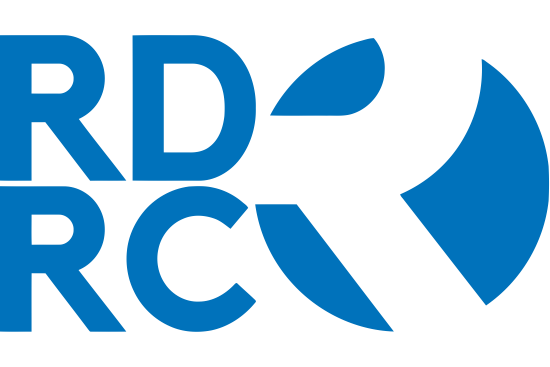Encroachment on river land has been an eternal problem in Bangladesh and the eviction drives that seek to put a stop to it seems unsustainable. Government authorities are saying that they are carrying out eviction drives against encroachment but the drives show an obvious bias towards individual encroachers.
The drives carried out by the Bangladesh Inland Water Transport Authority (BIWTA) to evict illegal structures is a positive approach for sure and worth appraising, but the actions taken by the BIWTA so far have been focused only on the individual encroachers. Starting from small houses to two-three story buildings, peoples’ homes are being demolished. But these people are individual stakeholders, not organised cartels.
Which is why it is very easy to demolish properties using the kinds of drive we now stand witness to as most of these properties were occupied by individuals and were built with the help of local people.
In turn, the drives to free rivers of occupancy always seems to overlook areas that are occupied by corporations and landowning cartels. Till date, no such drives have been carried out that could sustain in areas where landowners are set to develop housing projects. These areas are being filled up with soils from rivers. Hence, the authority’s claim that they are carrying out eviction drives sound hollow – it obfuscates the main issue, which is corporate encroachment.
Corporate encroachment exists and we have not seen any action initiated on rivers that are occupied illegally by a number of well-known entities.
If you consider the rivers around Dhaka city, the drives that were so far initiated covered areas starting from Shinnirtek to Ashulia bridge, Dhour to Tongi, Tongi to Termukh. There were no eviction drives in areas across the northern and southern part of this region.
This exemplifies that the authorities are not into account corporate encroachment. So, how can they claim that they have initiated eviction drives?
There are factories on river banks that load and unload their goods through the riverways. These factories need to take permits from the jetty to carry out such operations. Now, they are trying to evict these factories and at the same time, are giving them jetty permits. This is not sustainable.
Why does the BIWTA issue jetty permits if it is not legal? I think, these contradictions need to be resolved first and it is a big concern that puts question mark on any such eviction drive.
These factories have to be moved. There are many locations that have been vacated following the High Court’s order. These properties should be demolished and the BIWTA has a very important role to play in it.
It is the Bangladesh Water Development Board’s (BWDB) biggest responsibility, and they are, unfortunately, the ones behind the ruination of the Turag River. Starting from Shinnirtek to Beribadh, the stretch of 90-300 feet belongs to the BWDB and the factories that have sprung up in this area could not have been constructed without encroaching on BWDB’s property.
There are around 40-50 structures, and you can also see connecting roads snaking through the entire region. If you question the BWDB, it will testify that it did not construct any connecting roads in the area.
Now, the question remains, if the roads are not legal what is deterring the water development board from shutting down factories? The board cannot stop this, they can only operate in the port area. They cannot do anything in the low-lying lands. I would say that the factories in these areas were constructed with the aid of the water development board.
Moreover, if the BWDB cut off these illegal connecting roads and bar the jetty permits only then then will these lands be of no interest to the current occupants. If they can accomplish this, they will not even have to take the hassle of demolishing these structures. The occupants will leave eventually.
The BWDB has been carrying out eviction drives throughout Bangladesh for the past two days. It has been evicting lowlands in Ramchandrapur of its occupants. The biggest concern is not Ramchandrapur, this government agency should begin taking initiatives to cut off the connecting roads around occupied lands in Ashulia embankment.
According to the information provided by the water development board, there are 2200 illegal occupants who have occupied lands that belong to board. Ramchandrapur’s eviction drive is just a pseudo-drive, a hoax, since at first they should initiate eviction drives in and around the embankment.
In sum, one may say that the BWDB has played a crucial role behind the illegal occupation of lands around Dhaka. In fact, they have made it easier for occupants to take over. Also, the BIWTA’s demonstration of eviction drive will ultimately not be sustainable if they do not stop authorising jetty permits.
The Institute of Water Modelling already did a study on how they can develop the rivers around Dhaka by constructing beautiful walkways on the banks, which also include tourism spots. We have to rescue our rivers, evict occupied areas and then we can think of sustaining the ecology.

